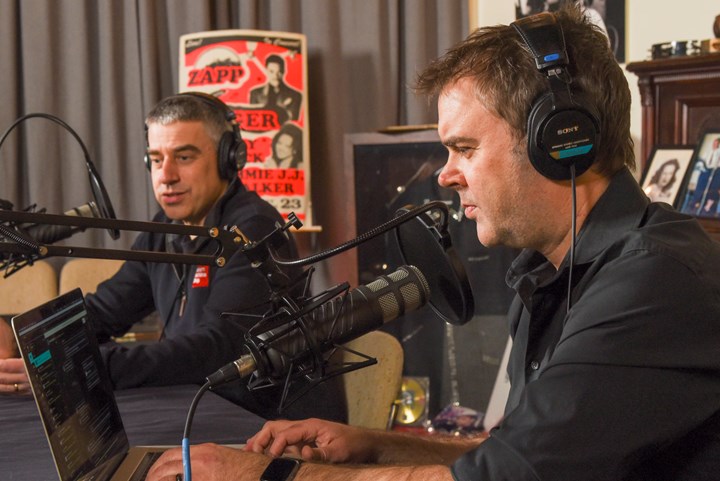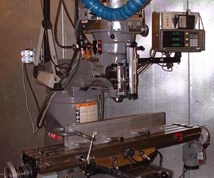Introducing Our New Podcast, “Made in the USA”: The Show for This Moment in U.S. Manufacturing
Join us as we talk about jobs, the supply chain, generational transition and other important themes that will shape the way forward for U.S. manufacturing. Hosted by Modern Machine Shop editors Brent Donaldson and me.
#zaxis
Something big happened in U.S. manufacturing during the decade of the 2000s. I was there. Likely you were there, too. We were in the midst of it. We knew it was happening but also didn’t know — didn’t have a complete sense of it — because it was so large, and because other big events (terrorist attack, Great Recession) bracketed and gave shape to that decade.
I am referring to the decline in U.S. manufacturing employment during those years. The number had already been going down for decades prior, but just after 2000, the descent accelerated.
Featured Content
Starting this month, Modern Machine Shop is bringing its voice (literally) to a new medium. MMS’s new podcast, “Made in the USA,” is available now within your favorite podcast platform.

Podcast hosts are senior editor Brent Donaldson (foreground) and me.
This is not MMS covering the same subject matter we do in the magazine in a different format. Rather, the podcast, which is hosted by senior editor Brent Donaldson and me, offers a format that will allow us to explore big topics in U.S. manufacturing and report big stories — meaning the stories that require many voices to tell, and topics that are too important not to examine squarely given where we find ourselves in manufacturing right now.
That large drop in U.S. manufacturing jobs is the subject of the first episode. How did it happen, why did it happen and did we have another choice? We talk to leaders and experts within manufacturing, and economists who study it, to find answers and to explore what those answers mean as we consider U.S. manufacturing’s way forward.
The way forward for manufacturing arguably has never been a timelier concern. U.S. manufacturing is experiencing a new dawn — or maybe, more accurately, the sun is just getting ready to rise to begin that dawn. The pandemic led to supply chain disruptions that are still playing out today (problems at the ports are in the news as I write this), and those disruptions will teach lasting lessons that will lead to more domestic manufacturing in years to come. But even before the pandemic, the advance of automation and lights-out production combined with increasing wages overseas were all rising to mount a challenge to the already shaky math of producing far away. Meanwhile, the generation that has led manufacturing for so long, the baby boom generation, is making its exit — being replaced by young leaders in manufacturing who have entirely different assumptions about how manufacturing might be sourced, organized and performed, and even what role it plays.
These points are big topics themselves, and “Made in the USA” will take them up in turn. Future episodes will consider automation, the supply chain, public perception of manufacturing, the exodus of the baby boomers, and where we go from here.
One thing I think you will notice as you listen to the show is the way we pause sometimes to explain. In the first episode, we explain what a machine tool is. This is because the subject matter is so big, and the promise of manufacturing so important, that understanding it has to extend well beyond manufacturing itself — beyond the people who breathe it every day. We have aimed to make the show accessible to a broad audience. “Made in the USA” is about manufacturing, but it is for the future and for the country.
Join us. Visit the show’s page or search for “Made in the USA” in any podcast platform. Please subscribe. And let me now join with ranks of podcasters who have come before me by saying: If you like what you hear, please tap that fifth star in the rating.
RELATED CONTENT
-
10 Characteristics of a Valuable Machine Shop
What is your machining business worth? A recent event focused on machine shop ownership change revealed what machine shop buyers look for in making this evaluation.
-
3 Reasons Machine Shops are Paying Attention to ERP
Awareness of people and the value of their efforts accounts for part of the reason why we are seeing enterprise resource planning being taken more seriously.
-
10 Takeaways on How Artificial Intelligence (AI) Will Influence CNC Machining
The Consortium for Self-Aware Machining and Metrology held a promising first meeting at the University of North Carolina Charlotte. Here are my impressions.


.jpg;width=70;height=70;mode=crop)









 (1).1676494398075.png)

